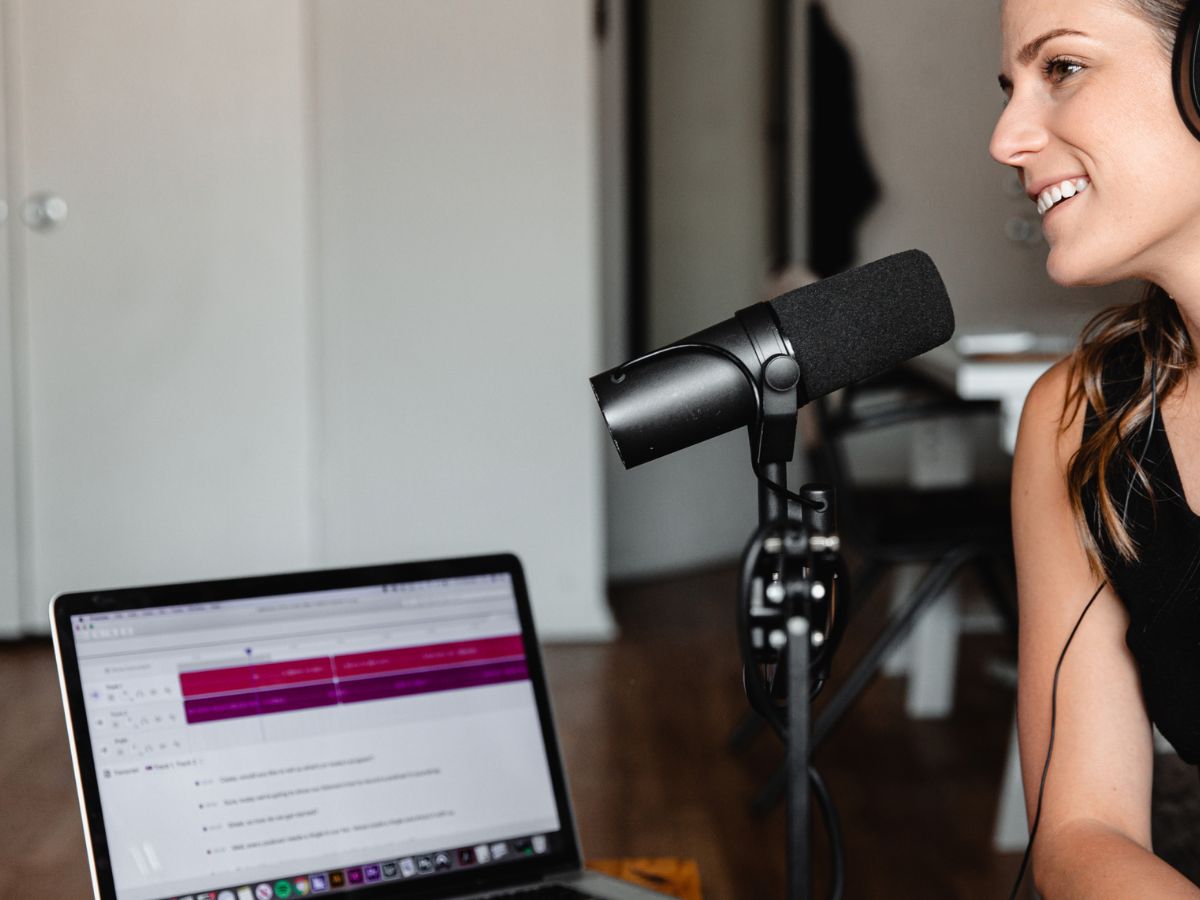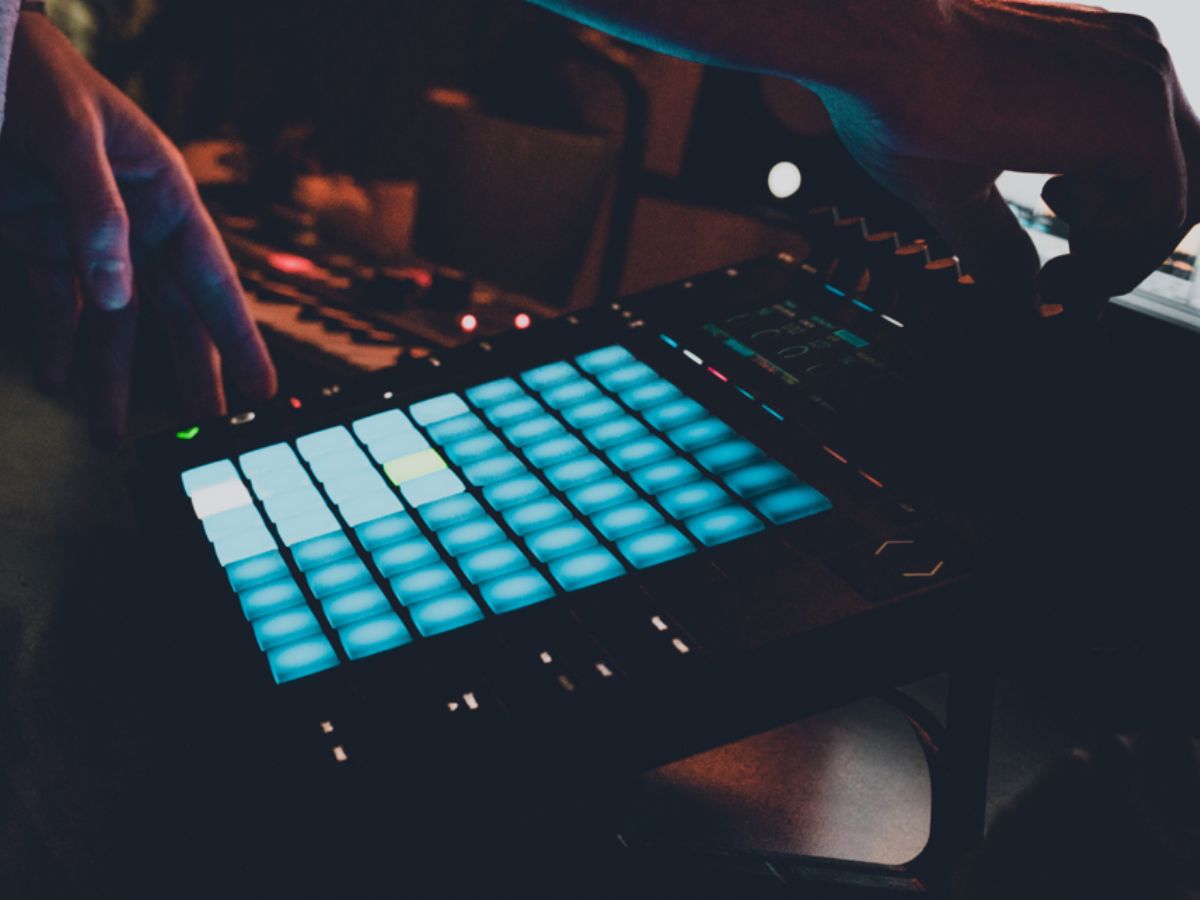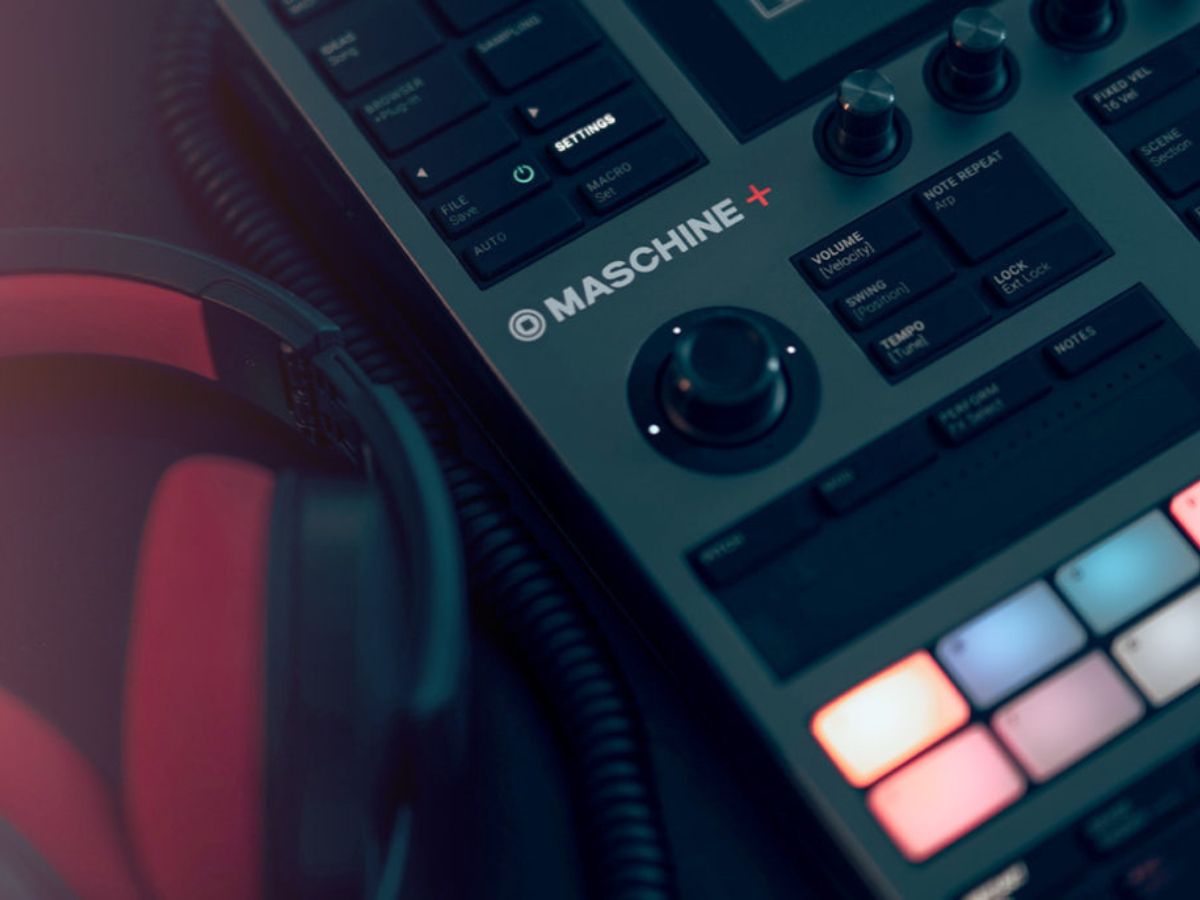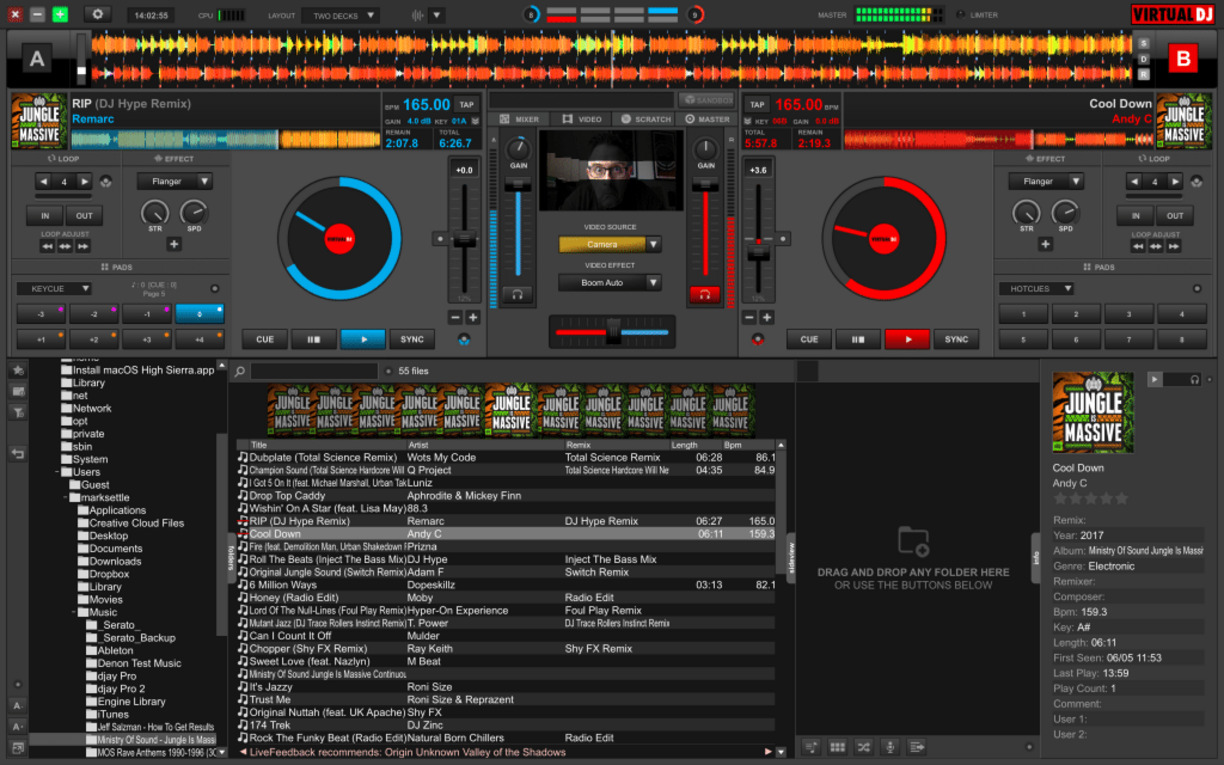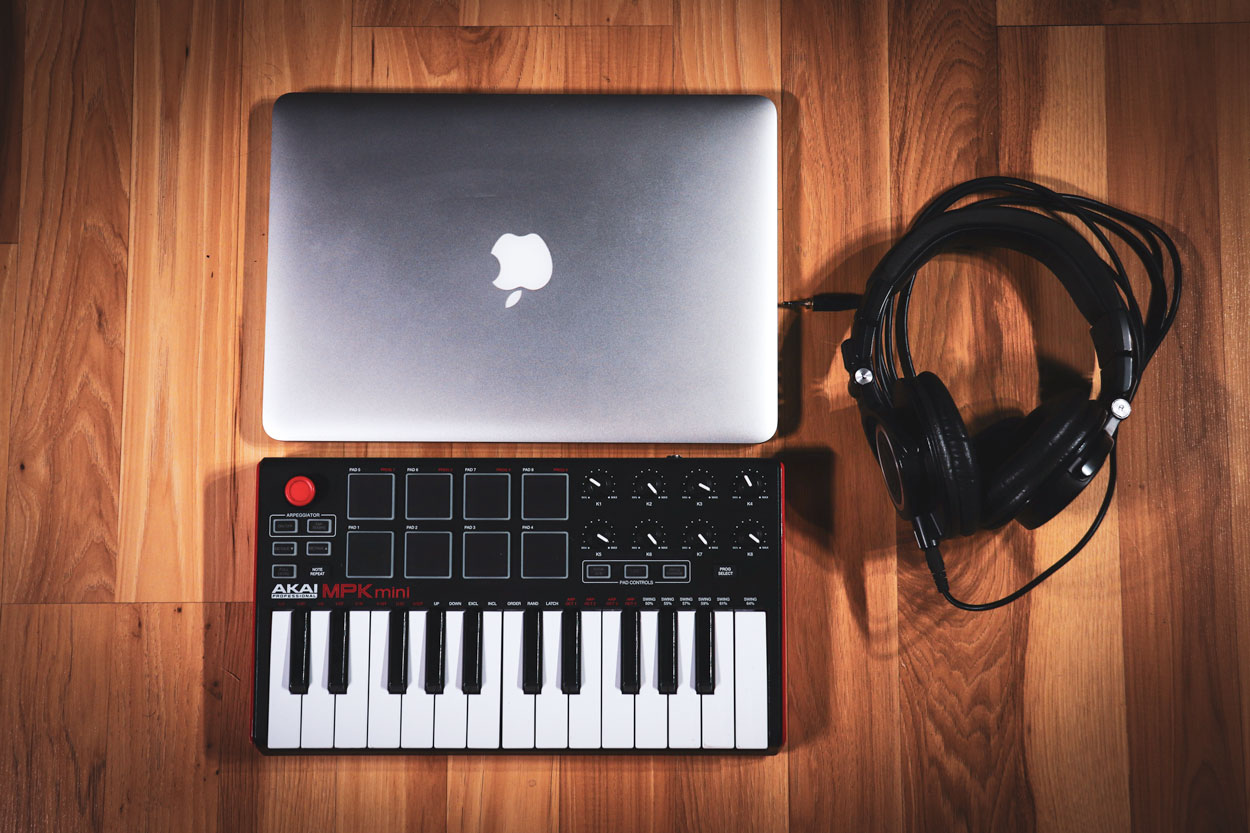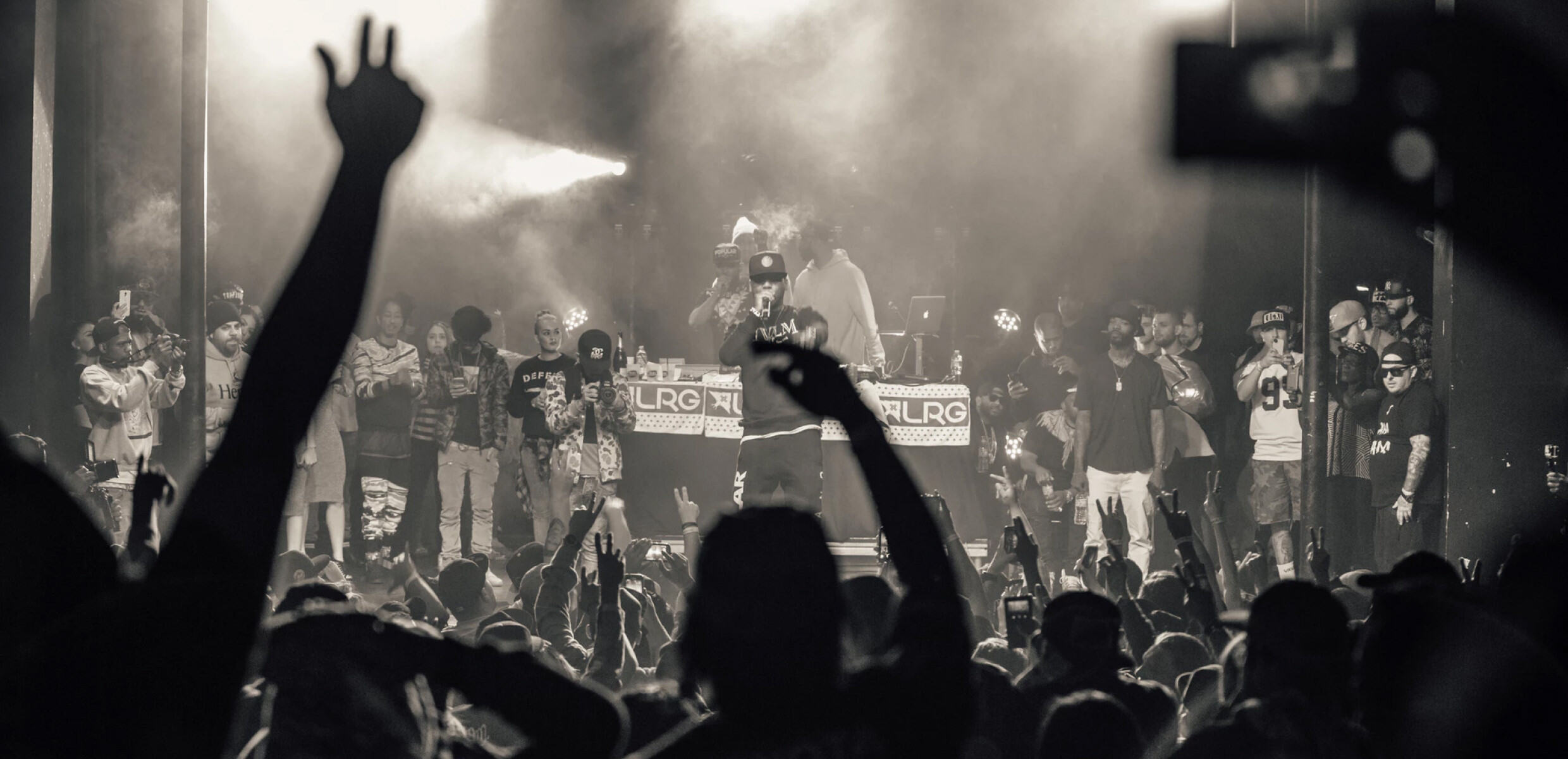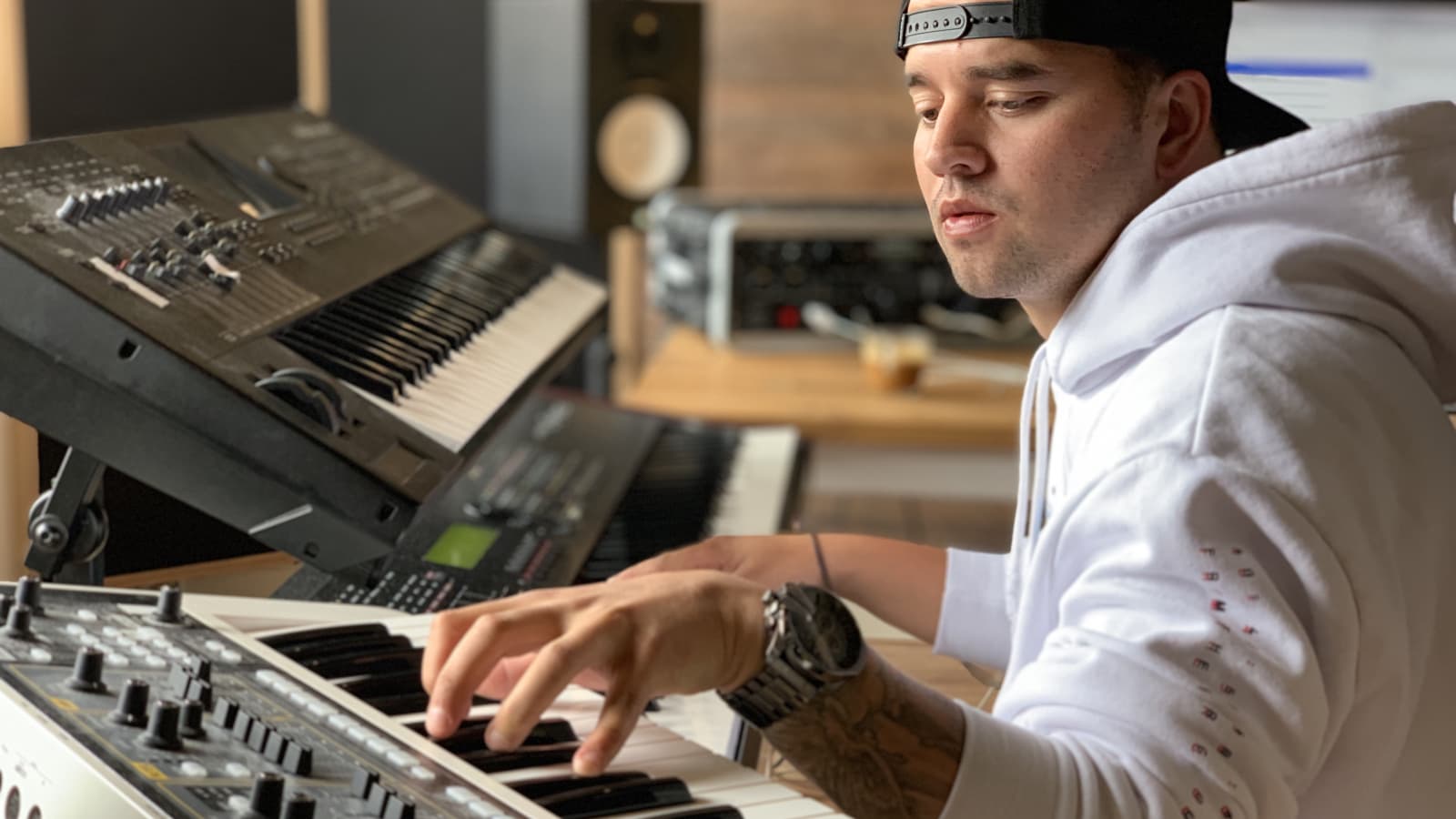

Hip Hop
How To Make Your Hip Hop Beats For Free
Modified: February 11, 2024
Learn how to make your own hip hop beats for free with our step-by-step guide. Explore the world of hip hop production and unleash your creativity today!
(Many of the links in this article redirect to a specific reviewed product. Your purchase of these products through affiliate links helps to generate commission for AudioLover.com, at no extra cost. Learn more)
Table of Contents
Introduction
Hip hop beats are the backbone of every great rap song. They set the tone, create the vibe, and make heads nod to the rhythm. Whether you’re an aspiring rapper or a producer looking to create your own beats, understanding the art of beat making is essential. And the best part? You don’t have to break the bank to get started.
In this article, we will explore how you can make your own hip hop beats for free. We’ll guide you through the process of finding the right software, understanding the basics of beat making, exploring instruments and samples, creating drum patterns, layering melodies and hooks, adding effects, mixing your beats, and finally, exporting and sharing your creations with the world. So let’s dive right in!
Before we begin, it’s important to note that while you can create beats using free software and resources, investing in professional tools and equipment will undoubtedly elevate the quality of your productions. However, for beginners or those on a tight budget, starting with free software is a great way to learn the ropes and unleash your creativity.
Now, let’s discuss the first step in making your own hip hop beats: finding the right software.
Finding the Right Software
When it comes to making hip hop beats, having the right software is crucial. Fortunately, there are several free options available that can help you get started on your beat-making journey.
One popular choice is GarageBand, which is available for Mac users. GarageBand offers a wide range of virtual instruments, drum kits, and loops that you can use to create your beats. It also provides easy-to-use recording and editing features, making it suitable for beginners.
If you’re a Windows user, FL Studio (formerly known as Fruity Loops) is a great option. While FL Studio does have a premium version, the free trial version offers enough features and functionality to make impressive hip hop beats. It has a user-friendly interface and a vast library of sounds and effects.
Another popular choice is Cakewalk by BandLab. Formerly known as SONAR, this software offers a professional-grade digital audio workstation (DAW) for free. It has a comprehensive set of tools for composing, recording, editing, and mixing your beats. Cakewalk also supports third-party plugins, giving you even more creative possibilities.
Once you’ve chosen the software that suits your needs, take some time to familiarize yourself with its features. Watch tutorial videos, read the documentation, and experiment with different settings to get a feel for how everything works. The more comfortable you are with your software, the easier it will be to bring your creative ideas to life.
It’s worth mentioning that regardless of the software you choose, having a decent pair of headphones or monitor speakers is essential. The quality of your sound output can greatly impact the overall production of your beats.
Now that you’ve found the right software, let’s move on to understanding the basics of beat making.
Understanding the Basics of Beat Making
Beat making is the art of creating and arranging the instrumental elements that form the foundation of a hip hop track. To make beats that stand out, it’s important to understand the basic components and techniques involved in beat making.
Firstly, beats are typically built around a drum pattern. The drum pattern consists of drum sounds such as kicks, snares, hi-hats, and percussion elements. These sounds are combined to create the rhythmic backbone of the beat. Experiment with different drum samples and patterns to find the groove that fits your desired sound.
In addition to the drum pattern, melodies and hooks play a vital role in hip hop beats. Melodies are created using instruments like synths, pianos, guitars, or strings. Hooks are catchy musical phrases that capture the listener’s attention and become the memorable part of the beat. Layering different melodies and hooks can add depth and complexity to your beats.
In hip hop, the concept of “sampling” is also widely used. Sampling involves taking small portions of pre-recorded music and incorporating them into your beat. This can be a drum break, a vocal snippet, or any other sound that you find inspiring. Keep in mind that when sampling, it’s crucial to respect copyright laws and obtain the necessary permissions or use royalty-free samples.
Arrangement is another important aspect of beat making. This involves structuring your beat by arranging different sections, such as an intro, verse, chorus, and bridge. Experiment with different arrangements to create a dynamic progression that keeps the listener engaged throughout the song.
Lastly, understanding the concept of tempo and time signature is fundamental in beat making. Tempo refers to the speed or pace of the beat, measured in Beats Per Minute (BPM). Time signature determines the rhythmic structure of the beat, such as 4/4 or 3/4 time. Experiment with different tempos and time signatures to find the groove that suits your style.
Now that you have a grasp of the basics, it’s time to explore different instruments and samples to enhance your beat making skills.
Exploring Different Instruments and Samples
When it comes to creating unique and captivating hip hop beats, the choice of instruments and samples plays a crucial role. Let’s dive into the world of sound and explore different options to take your beats to the next level.
One of the most common instruments used in hip hop beats is the synthesizer. Synths allow you to create a wide range of atmospheric sounds and catchy melodies. Experiment with different synth presets and parameters to shape your desired sound. You can also layer multiple synths to create rich and textured melodies.
Pianos are another popular instrument in hip hop beats. Whether it’s an acoustic piano or an electric piano like the Fender Rhodes, the warm and melodic tones of a piano can add depth and emotion to your beats. Try playing with different chord progressions and melodies to create catchy hooks or soulful melodies.
Drum samples are a fundamental part of hip hop beats, and it’s important to explore various samples to provide a unique and distinct sound. Look for high-quality drum samples that include kicks, snares, hi-hats, and other percussion instruments. You can find a plethora of free drum sample packs online or even record your own samples from real drums or household objects for an original touch.
Sampling is a popular technique in hip hop production, allowing you to incorporate snippets from existing songs or recordings into your beats. This can add a nostalgic vibe or create an entirely new sound by manipulating the sampled material. However, always ensure you have the necessary rights and permissions before using any copyrighted samples.
Aside from traditional instruments, consider exploring unique and unconventional sound sources. Experiment with field recordings, everyday sounds, or even your own voice, and process them with effects to create interesting textures and layers in your beats.
Remember, the key is to experiment and think outside the box. Don’t be afraid to try different instruments, samples, or sound sources, as it’s through exploration that you’ll find your own unique style and sound.
Now that you have a wide array of instruments and samples at your disposal, let’s move on to creating compelling drum patterns for your beats.
Creating Drum Patterns
In hip hop, the drum pattern acts as the backbone of the beat, providing the rhythmic foundation for the entire track. Creating compelling drum patterns is essential for crafting groovy and memorable beats. Let’s explore some techniques to help you develop your own unique drum patterns.
Start by selecting the right drum sounds that fit your desired style. Experiment with different kicks, snares, hi-hats, and percussion samples to find the ones that suit the vibe you’re aiming for. You can either use individual drum samples or pre-made drum kits provided by your beat-making software.
The kick drum is responsible for the low-end impact and provides the pulse and groove of the beat. Place the kick drum on the first and third beats of each bar to establish a solid foundation. You can adjust the velocity and decay of the kick drum to add variation and dynamics to the pattern.
The snare drum plays a crucial role in adding punch and character to the drum pattern. Experiment with different snare samples and place them on the second and fourth beats of each bar for a classic hip hop feel. Add ghost notes and variations to create a more intricate and groovy pattern.
Hi-hats provide the rhythmic flow and energy in the drum pattern. Use closed hi-hats on the eighth notes to create a continuous pulse, and add open hi-hats for accents and variations. Experiment with different patterns and rhythms to find the groove that complements your beat.
Adding percussion elements such as shakers, claps, tambourines, or other unique sounds can add texture and complexity to your drum patterns. Layering different percussion sounds can create intricate and interesting rhythms, giving your beat a distinct flavor.
Remember that the key to creating engaging drum patterns is to strike a balance between simplicity and complexity. While simplicity helps maintain the groove and drive, adding occasional variations and embellishments can elevate the pattern and keep it fresh and interesting.
Once you have built your drum pattern, take the time to fine-tune it. Adjust the velocity, timing, and length of each drum hit to create a natural and cohesive flow. Use the grid or quantization features in your beat-making software to ensure precise timing and alignment.
Now that you have your drum pattern locked in, it’s time to layer melodies and hooks to add depth and emotion to your beats.
Layering Melodies and Hooks
Layering melodies and hooks is a crucial step in creating captivating and dynamic hip hop beats. It allows you to add depth, texture, and emotion to your music. Let’s dive into some techniques for effectively layering melodies and hooks.
Start by selecting the main melody or chord progression that will serve as the foundation of your beat. This can be created using instruments like synths, pianos, or guitars. Experiment with different sounds and progressions to create a catchy and memorable melody.
Once you have your main melody, it’s time to layer additional melodies or counter melodies to enhance the overall sound. These additional layers can be created using different instruments or sound sources. For example, you can add a synth lead on top of the main melody or a vocal sample that complements the overall vibe.
When layering melodies, it’s important to ensure that each element has its own space in the mix. Pay attention to the frequency spectrum and avoid cluttering the sound with overlapping frequencies. Use techniques like panning, EQ, and volume adjustments to make sure each layer stands out while still blending harmoniously with the others.
Creating catchy hooks is another essential aspect of hip hop beat production. Hooks are memorable musical phrases that capture the listener’s attention and become the focal point of the beat. They can be created using vocals, sampled phrases, or instrument melodies.
Experiment with different rhythmic and melodic patterns to create hooks that stand out. Whether it’s a catchy vocal chop, a memorable synth riff, or a manipulated sample, aim for something that grabs the listener’s attention and becomes the signature element of your beat.
Once you have developed your melodies and hooks, consider adding additional elements such as background harmonies, ad-libs, or atmospheric textures. These subtle layers can add depth and emotion to your beats, making them more immersive and captivating.
Don’t be afraid to experiment with different combinations of melodies and hooks. It’s through exploration and trial-and-error that you’ll discover unique and exciting combinations that define your style as a beatmaker.
Now that you have layered your melodies and hooks, it’s time to add effects and mix your beats to give them a professional and polished sound.
Adding Effects and Mixing Your Beats
Adding effects and mixing your beats is a crucial step in giving them a professional and polished sound. By applying various effects and adjusting the mix, you can enhance the clarity, depth, and overall impact of your music. Let’s explore some techniques for adding effects and mixing your beats.
Start by organizing your tracks and ensuring each instrument and sample is assigned to its individual channel or track in your beat-making software. This will allow you to apply effects and adjust the mix of each element separately.
One of the most commonly used effects in hip hop beats is reverb. Reverb creates a sense of space and depth, making your beats sound more immersive and atmospheric. Experiment with different reverb settings and apply it to elements such as drums, vocals, and synths to add a sense of realism and spaciousness.
Another popular effect is delay. Delay adds depth and creates a repeating echo effect, making your beats sound wide and dimensional. Apply delay to certain elements like vocals, leads, or percussion to create interesting rhythmic patterns or to give a sense of movement to your music.
Compression is an essential tool in mixing, helping to control the dynamic range and balance the levels of different elements in your beats. Use compression to tighten up the drums, add sustain to instruments, or even out the vocal performance. Adjust the attack, release, ratio, and threshold settings to achieve the desired effect.
Equalization, or EQ, is used to shape the tonal balance of your beats. Use EQ to boost or cut specific frequency ranges to make elements stand out or create a more balanced mix. For example, you can boost the low frequencies of the kick drum to add weight or cut the highs of a snare to reduce harshness.
Panning is another technique to create width and separation in your mix. By placing different elements to specific areas of the stereo field, you can achieve a more spacious and interesting sound. Experiment with panning instruments and effects to add depth and movement to your beats.
When mixing your beats, it’s important to continually listen and adjust the levels of each element to ensure a balanced and cohesive sound. Pay attention to the volume and space of each instrument, ensuring that no element is overpowering or getting lost in the mix.
Take breaks and listen to your mix with fresh ears, as it’s easy to get fatigued and lose objectivity. Refer to reference tracks from professional artists in a similar genre to gain a better understanding of how your mix should sound.
Once you’re satisfied with the overall mix, export your beats in a high-quality format and consider mastering them to add the final polish. Mastering can help enhance the overall loudness, clarity, and cohesiveness of your beats, making them sound professional and ready for distribution.
Now that your beats are mixed and ready, it’s time to learn how to export and share them with the world.
Exporting and Sharing Your Hip Hop Beats
After putting in the hard work and creativity into creating your hip hop beats, it’s time to showcase your talent to the world. In this section, we will explore the process of exporting and sharing your beats, so you can get your music out there and reach a wider audience.
Before exporting, make sure to review your beats one final time to ensure everything is sounding cohesive and polished. Look out for any potential flaws or inconsistencies in the mix, and make any necessary adjustments to achieve the best possible sound.
When exporting your beats, choose a high-quality audio file format such as WAV or FLAC to preserve the integrity of your music. These formats retain more detail and provide better sound quality compared to compressed formats like MP3.
Pay attention to the settings during the export process. Set the appropriate sample rate and bit depth to ensure compatibility and optimal playback on different devices and platforms. Consider adding metadata such as artist name, track title, and genre to the exported file to provide essential information about your beat.
Once your beats are exported, consider creating an attractive visual representation for each track. Design album artwork or custom cover art that reflects the mood and style of the beat. Visuals play a significant role in capturing the attention of potential listeners and making a memorable impression.
Now, it’s time to share your beats with the world. Start by creating an online presence for your music. Consider uploading your beats to popular streaming platforms such as SoundCloud, YouTube, or Bandcamp. These platforms allow you to reach a wide audience and potentially connect with other artists and producers in the hip hop community.
Utilize social media platforms to promote your beats and engage with potential fans and collaborators. Create accounts on platforms like Instagram, Twitter, and Facebook to share snippets, behind-the-scenes footage, and updates about your music. Connect with other artists, producers, and industry professionals to expand your network and gain exposure.
Collaborate with other musicians and artists to further expand your reach. Reach out to rappers, singers, or other producers who may be interested in working on projects together. Collaborations can help you tap into new audiences and cross-promote your music.
Consider submitting your beats to beat selling websites or libraries, where artists and content creators can purchase or license your beats for their own projects. Research platforms like BeatStars or Airbit, where you can showcase and monetize your beats professionally.
Lastly, always remember to copyright your beats to protect your intellectual property. Look into the copyright registration process in your country to ensure that your creative work is legally protected.
Now that you’re equipped with the knowledge of exporting and sharing your hip hop beats, it’s time to unleash your creativity, spread your music, and make your mark in the vibrant world of hip hop production.
Conclusion
Congratulations! You’ve learned the fundamentals of making your own hip hop beats for free. We covered the importance of finding the right software, understanding the basics of beat making, exploring different instruments and samples, creating compelling drum patterns, layering melodies and hooks, adding effects, mixing your beats, and finally, exporting and sharing your music.
Remember, while starting with free software and resources is a great way to begin your beat-making journey, investing in professional tools and equipment can take your productions to the next level. Don’t be afraid to explore and experiment with different sounds, instruments, and techniques to develop your own unique style.
As you continue to refine your skills, always strive for quality and originality. Take inspiration from your favorite artists, but also make sure to bring your own creative ideas and perspectives to the table. Embrace the iterative process of creating beats – keep practicing, seeking feedback, and honing your craft.
Furthermore, don’t underestimate the power of networking and collaboration. Connect with other musicians, producers, and artists to expand your reach and gain exposure. Collaboration can lead to new opportunities and help you push the boundaries of your creativity.
Lastly, believe in yourself and your abilities. Making hip hop beats is a journey that requires passion, dedication, and perseverance. Stay motivated, stay inspired, and keep pushing yourself to grow as an artist.
Now it’s time to grab your headphones, fire up your software, and start creating that next infectious hip hop beat. Remember, with determination and practice, the sky’s the limit. So go out there and make your mark in the world of hip hop production!

